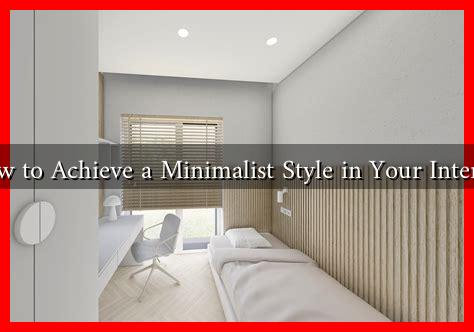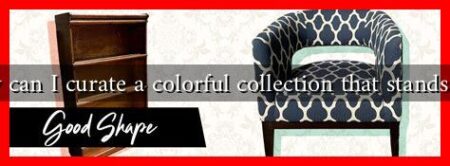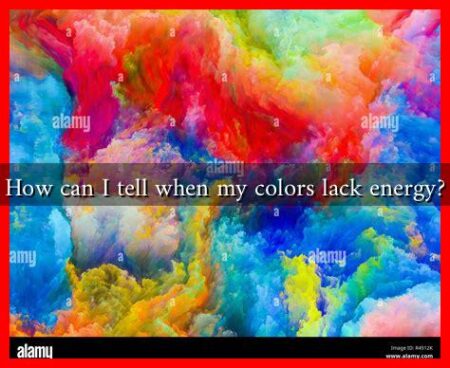-
Table of Contents
How to Achieve a Minimalist Style in Your Interior
Minimalism is more than just a design trend; it’s a lifestyle choice that emphasizes simplicity, functionality, and a clutter-free environment. In a world filled with distractions and excess, adopting a minimalist style in your interior can lead to a more peaceful and organized living space. This article will guide you through the essential steps to achieve a minimalist aesthetic in your home.
Understanding Minimalism
At its core, minimalism is about reducing the unnecessary to make room for what truly matters. This philosophy can be applied to various aspects of life, including interior design. Minimalist interiors are characterized by clean lines, neutral color palettes, and a focus on functionality. According to a study by the National Association of Home Builders, 62% of homebuyers prefer open floor plans, which are often associated with minimalist design.
Decluttering: The First Step to Minimalism
Before you can create a minimalist space, you need to declutter. This process involves removing items that do not serve a purpose or bring you joy. Here are some effective decluttering strategies:
- The 30-Day Minimalism Game: Challenge yourself to remove one item on the first day, two items on the second day, and so on for 30 days.
- Four-Box Method: Label four boxes as “Keep,” “Donate,” “Trash,” and “Relocate.” Sort your belongings accordingly.
- One In, One Out Rule: For every new item you bring into your home, remove one existing item.
By implementing these strategies, you can significantly reduce clutter and create a more open and inviting space.
Choosing a Color Palette
Color plays a crucial role in achieving a minimalist style. A neutral color palette can create a serene atmosphere and make spaces feel larger. Consider the following color schemes:
- Whites and Off-Whites: These colors reflect light and create a clean, airy feel.
- Grays: Soft grays can add depth without overwhelming the senses.
- Earth Tones: Incorporating browns and greens can bring warmth and a natural element to your space.
When selecting colors, aim for a cohesive look throughout your home to enhance the minimalist aesthetic.
Furniture Selection: Functionality Meets Aesthetics
In minimalist design, furniture should be both functional and aesthetically pleasing. Here are some tips for selecting the right pieces:
- Opt for Multi-Functional Furniture: Choose items that serve multiple purposes, such as a coffee table with storage or a sofa bed.
- Invest in Quality Over Quantity: A few high-quality pieces can make a more significant impact than numerous low-quality items.
- Choose Simple Designs: Look for furniture with clean lines and minimal ornamentation.
For example, Scandinavian design is known for its minimalist approach, featuring functional furniture that is both stylish and practical.
Incorporating Natural Elements
Bringing nature indoors can enhance the minimalist aesthetic. Consider adding the following natural elements:
- Plants: Incorporate indoor plants to add life and color without cluttering your space.
- Natural Materials: Use wood, stone, and metal to create a warm and inviting atmosphere.
- Natural Light: Maximize natural light by using sheer curtains or leaving windows unobstructed.
According to a study published in the Journal of Environmental Psychology, exposure to nature can improve mood and reduce stress, making it an essential component of a minimalist interior.
Conclusion: Embracing Minimalism for a Better Life
Achieving a minimalist style in your interior is not just about aesthetics; it’s about creating a space that promotes peace, functionality, and clarity. By decluttering, choosing a cohesive color palette, selecting functional furniture, and incorporating natural elements, you can transform your home into a minimalist sanctuary. Remember, minimalism is a journey, not a destination. Start small, and gradually embrace this lifestyle for a more fulfilling and organized living space.
For more inspiration on minimalist design, check out resources like Apartment Therapy and Dezeen.




